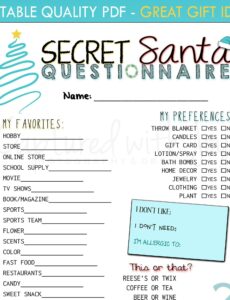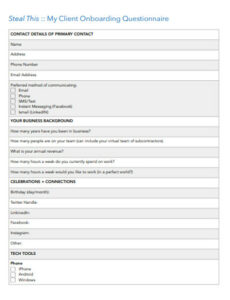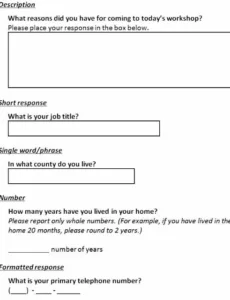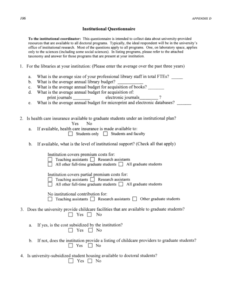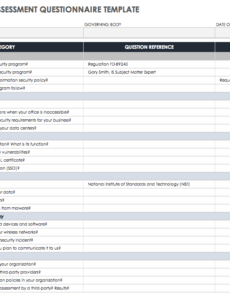Building a strong, recognizable brand isn’t just about a pretty logo or a catchy slogan. It’s about understanding the very essence of what your business stands for, who it serves, and how it wants to be perceived in the world. This foundational understanding is what we call brand identity, and without a clear definition, your efforts to connect with your audience might feel scattered and inconsistent. It’s the core truth that guides every message, design, and interaction.
Often, the biggest challenge in defining this identity isn’t a lack of ideas, but rather a lack of structured reflection. We know our business, but articulating its unique soul can be surprisingly difficult. That’s where a well-crafted set of guiding questions comes in handy, providing a framework to systematically explore and articulate the critical elements of your brand. It’s like mapping out the blueprint before you start building your dream house.
Unlocking Your Brand’s Potential: Why a Brand Identity Questionnaire is Your First Step
Embarking on the journey of brand development, whether you’re a startup or an established business looking to rebrand, can feel overwhelming. There are so many facets to consider – from your target audience to your visual aesthetics and your core messaging. This is precisely why a comprehensive brand identity questionnaire template is not just a helpful tool, but an essential one. It acts as a compass, guiding you through a structured exploration of your brand’s DNA.
Think of it as a deep-dive interview, but with yourself or your team, designed to unearth the strategic insights that will shape your brand’s future. It goes beyond surface-level preferences and pushes you to articulate your business’s purpose, values, and aspirations. By answering these questions thoughtfully, you create a solid foundation upon which all future branding, marketing, and communication efforts will be built, ensuring consistency and authenticity across all touchpoints.
Ultimately, using such a questionnaire helps to prevent costly missteps down the line. Without this initial clarity, designers might create visuals that don’t truly represent your brand, marketers might craft messages that miss your audience, and your overall presence might feel disjointed. It forces you to align internal perceptions before presenting your brand to the external world, ensuring everyone on your team is on the same page about what your brand truly stands for.
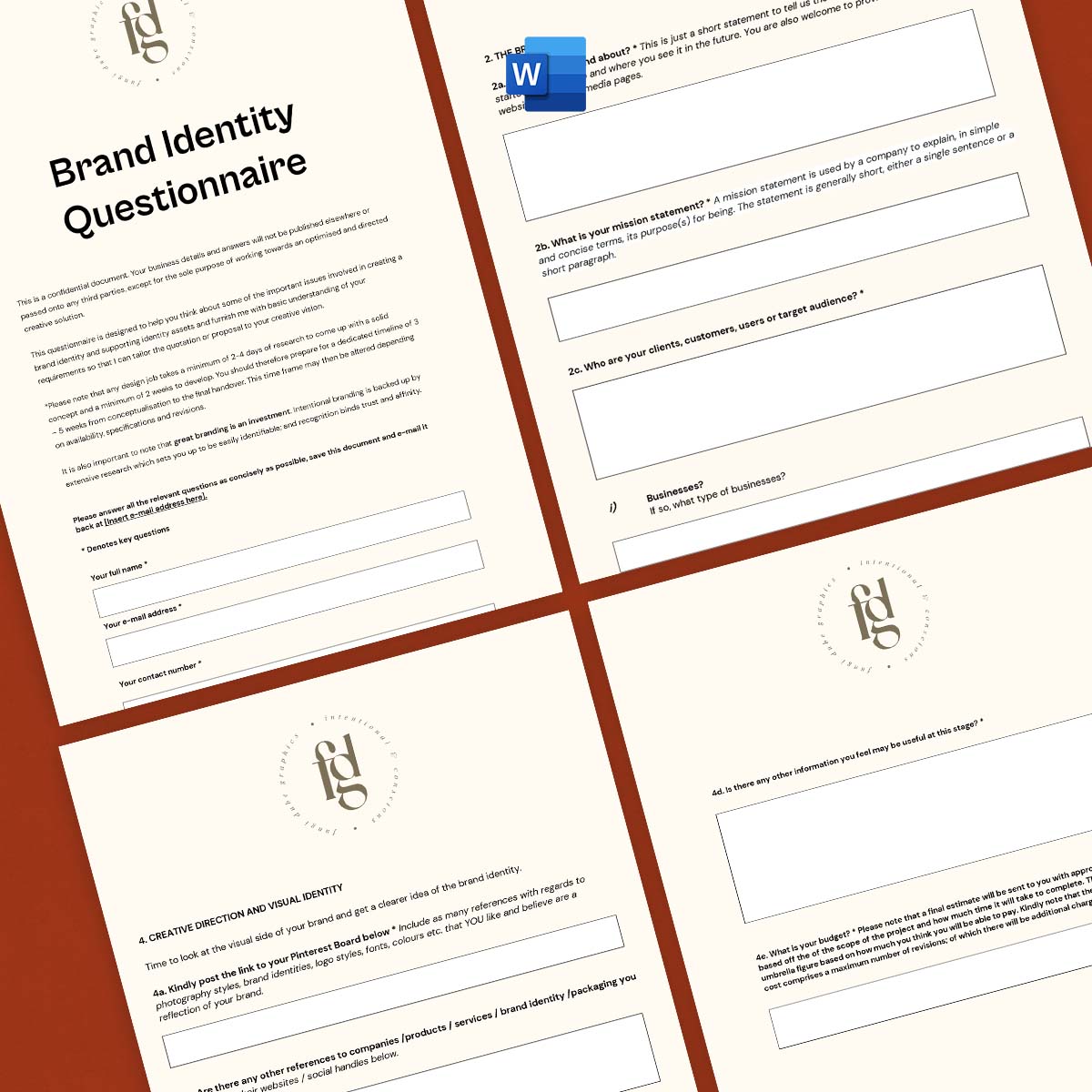
The benefits extend far beyond just initial clarity. A well-documented brand identity, born from these questionnaire insights, becomes a living document that guides strategic decisions as your business evolves. It empowers you to make confident choices about product development, customer service, and even hiring, all while staying true to your core brand promise.
Key Benefits of Using a Questionnaire
- Achieve Brand Clarity: It helps you define your mission, vision, values, and personality with precision.
- Ensure Consistency: Provides a unified guide for all future marketing, design, and communication efforts.
- Target Audience Connection: Helps you understand who you’re speaking to and how best to reach them.
- Streamline Creative Processes: Gives designers and marketers clear parameters to work within, saving time and resources.
Building Blocks of Your Brand Identity Questionnaire Template
A robust brand identity questionnaire template doesn’t just ask generic questions; it delves into several key areas that collectively paint a holistic picture of your brand. Each section serves a distinct purpose, moving from the foundational purpose of your business to the specific ways it will be expressed visually and verbally. It’s about building a narrative piece by piece.
The first crucial area often focuses on your brand’s foundational elements: its mission, vision, and values. What problem do you solve? What future do you envision? What principles guide every decision you make? These questions help articulate your core purpose and the ethical framework that defines your business, setting the stage for everything else.
Next, a good questionnaire will pivot to your target audience. Who are you trying to reach? What are their demographics, psychographics, needs, and aspirations? Understanding your ideal customer is paramount, as your brand identity must resonate deeply with them to be effective. This section often explores their pain points and how your brand provides solutions.
Finally, the questionnaire will typically move into the more expressive elements of your brand: its personality, voice, and visual aspirations. If your brand were a person, what would they be like? What tone of voice would they use in conversations? Are you formal or friendly, innovative or traditional? These answers inform everything from your website’s copy to the color palette chosen for your logo, ensuring every element communicates the right message.
- Your Brand’s Core: What is your business’s primary purpose? What problems do you solve for your customers? What are your top 3-5 core values?
- Target Audience Insights: Describe your ideal customer in detail. What are their demographics, interests, and challenges? How do they currently interact with products or services like yours?
- Brand Personality & Voice: If your brand were a person, how would you describe their personality? What three adjectives best describe your brand? What tone of voice should your brand use (e.g., authoritative, friendly, playful, empathetic)?
- Competitive Landscape: Who are your main competitors? What do you like or dislike about their branding? How do you want to differentiate yourself from them?
- Visual & Messaging Preferences: Are there any colors, imagery styles, or fonts you are drawn to or wish to avoid? What key messages do you want your audience to remember about your brand?
By thoroughly working through each section of a brand identity questionnaire, you transform abstract ideas into concrete insights. This process illuminates the unique character of your business, making it easier to craft compelling stories, design impactful visuals, and forge genuine connections with your audience. It’s the blueprint that ensures every touchpoint of your brand speaks with a clear, unified, and memorable voice.
